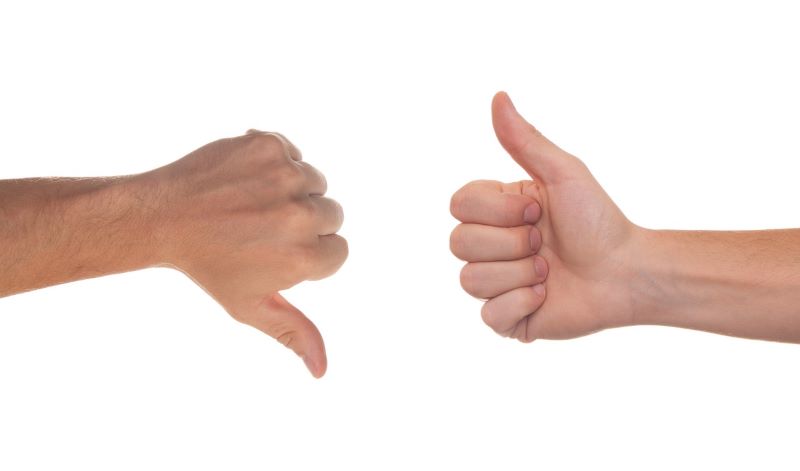Both screen printing and foil stamping are popular options for customizing your products. However, they have two very different production methods with their own benefits and limitations. Here is an overview of the two methods and their differences, so you can decide which is suitable for your next design.
What is Screen Printing?
Screen printing is a longstanding method made famous by Andy Warhol. Printers use specially treated silk screens stretched over frames, similar to a stencil, where the negative space is blocked. This screen only allows ink to pass through where the image will be on the item they are printing. A separate screen is required for each color in the design. They repeat the process for each one until they have achieved the desired finished product.
What is Foil Stamping?
Artists foil stamp with metallic, opaque, or translucent foils. With a combination of high heat and pressure, the machinery transfers metallic or matte foil to any flat surface on the article of your choice. Essentially, you will get an imprinted design with a raised, tactile effect. You may have seen foil stamping on wedding invitations, classic clothbound books, or luxury wine labels.
The Benefits of High-Quality Screen Printing
Because of the application method, you can get screen printing on many surfaces, colors, and materials. For example, you can screen print on glass or have your image wrap around surface edges like over a book’s spine or extend down the side of a box. You can layer multiple colors on top of each other to match virtually anything. You don’t have to sacrifice your graphic size. Your only limit is the screen size, which is typically larger than the article you are printing.
Screen printing is versatile, durable, and cost-effective. It’s an excellent option for printing large quantities of similar items. Because of its color-matching ability, this option is a favorite for printing company logos on apparel. It can give you clean, crisp, and bold graphics that will stand out on any background.
The Drawbacks
- Less Vibrant Appearance – Compared to foil stamping, the colors from screen printing are less rich. The process also doesn’t leave an imprint, so it’s tough to replicate the multidimensional look you get from foil stamping.
- Longer Time to Produce – Depending on the size and colors of your order, production time can be longer because the printers need to make the screens before printing your items. More pigments will require more screens, adding more time overall.
- Limited Detail – If you want more intricate details in your design, there may be better options than screen printing. Again because of the screen application, the finer details can get lost or distorted during production.
The Benefits of Foil Stamping
If you go with an expert, you will have a smooth, consistent finish with this method. Your 3-D design will be especially eye-catching in rich color. Foil stamping shines on darker backgrounds with matte, gloss, and metallic pigments. You can create holographic effects, tints, and many other special effects. Because of the added sheen and texture, it’s the perfect option if you want a monocolored design. For example, you can create a classic professional look with a black design on a black background.
Foil stamping is comparable to screen printing in durability; because of the pressure in production, you will have a design that’s quite resistant to fading and peeling. With its color choices, foil stamping is versatile. You can create vintage Gatsby effects or glam up a modern design.
The Drawbacks
- Limited Color Palette – The color choices have expanded with advances in methods. Foil screen printing allows more colors to be printed instead of pressed into items, for example. However, you still can’t layer colors to create a perfect blend. Shading isn’t possible with this method, either. If you have bolded areas in your graphic and finer lines, the pressure for the bold areas will overprint your whole design.
- Not Great for Bulk Orders – Foil stamping is more expensive than screen printing, and the cost per item remains stable, unlike screen printing. Because of the cost, most would advise against this option for larger runs of products.
- Less Readability – This process doesn’t work well with fine lines. You need a bigger text with a small word count if you want to stamp words. Photographic images are another no-go for foil stamping because of this issue.
- Smaller Size – Due to the pressure required from the machinery, stamping has a much smaller graphic size than silkscreens.
Both of these methods are excellent options for personalizing your products effectively. However, understanding the differences between these two techniques will help you make an informed decision about which is best for your project. If you are still trying to decide, speaking to a professional about your design needs will help guide you in the right direction.
Robert Fisher is the founder and CEO of Thrive Screen Printing and brings extensive experience in the screen printing and fulfillment industry.


